In the twice a year published Joint Economic Forecast by leading German institutes, growth projection for 2018 and 2019 were raised to 2.2% and 2.0% respectively. Both were upwardly revised by 0.2% from Autumn report. The released warned that while German economy “continues to boom”, “the air is getting thinner”. Still, “pace of economic expansion nevertheless remains brisk:” It pointed to upturn in the world economy, favorable situation in labor market and fiscal stimulus of the new coalition government as driving forces. Inflation is projected to slow to 1.7% in 2018 then rise again to 1.9% in 2019.
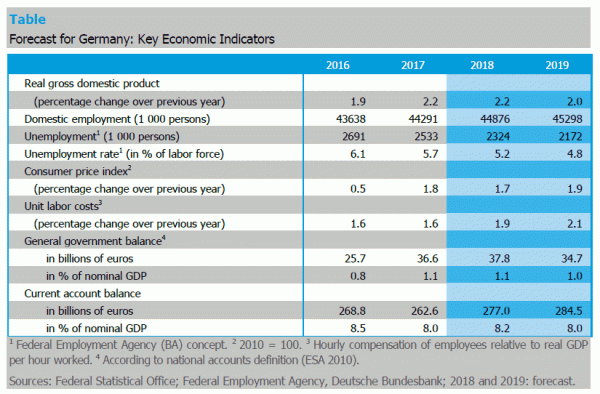 Global growth projection was revised up by 0.3% to 3.4% in 2018. The reported noted that “tax cuts in the USA will stimulate economic activity there, which may have a knock-on effect on other countries”. However, it also warned that the dynamic in the world economy will “gradually flatten off over the forecasting period”. And that’s partly due to “a harsher trade policy climate, which will burden global investments.”.
Global growth projection was revised up by 0.3% to 3.4% in 2018. The reported noted that “tax cuts in the USA will stimulate economic activity there, which may have a knock-on effect on other countries”. However, it also warned that the dynamic in the world economy will “gradually flatten off over the forecasting period”. And that’s partly due to “a harsher trade policy climate, which will burden global investments.”.
The report also pointed directly to the US announcement of steel and aluminum tariffs as “another step towards greater protectionism”. It warned that “any further escalation of the trade conflict will restrict international trade in goods and significantly damage world economic growth in the mid-term.” Even “mere discussion of such measures can increase uncertainty over a country’s future trade policy and weaken economic sentiment”.
A summary of the report can be found here. Or more details here.
Members of the Joint Economic Forecast Project Group
Deutsches Institut für Wirtschaftsforschung e.V. [www.diw.de]
in co-operation with:
The Austrian Institute of Economic Research WIFO [www.wifo.ac.at]
ifo Institute – Leibniz Institute for Economic Research at the University of Munich[www.ifo.de]
in co-operation with:
Swiss Institute of Business Cycle Research (KOF), ETH Zurich [www.kof.ethz.ch]
Institut für Weltwirtschaft an der Universität Kiel [www.ifw-kiel.de]
Halle Institute for Economic Research (IWH) [www.iwh-halle.de]
RWI – Leibniz-Institut für Wirtschaftsforschung [www.rwi-essen.de]
in co-operation with:
Institute for Advanced Studies, Vienna [www.ihs.ac.at]




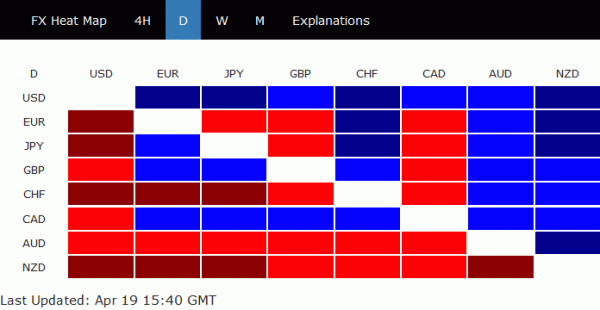
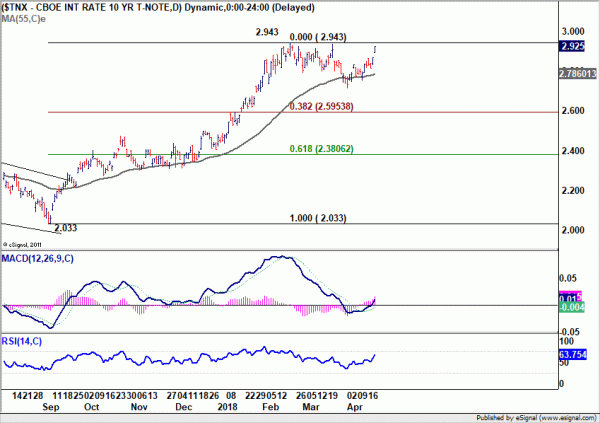
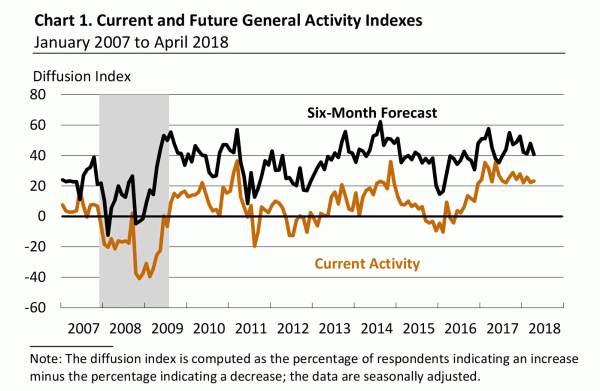
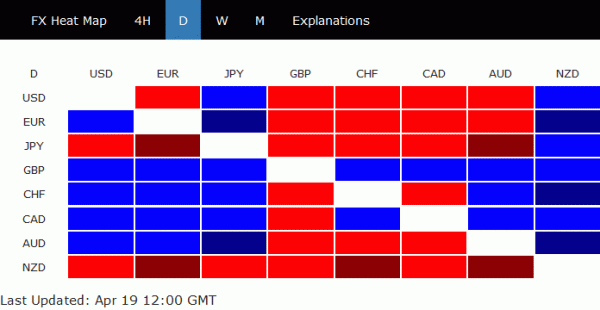

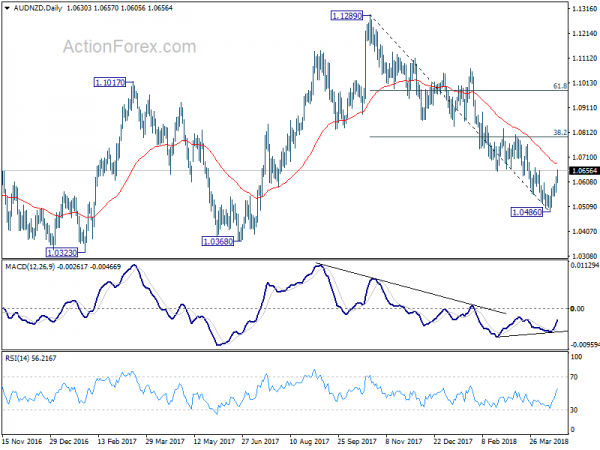
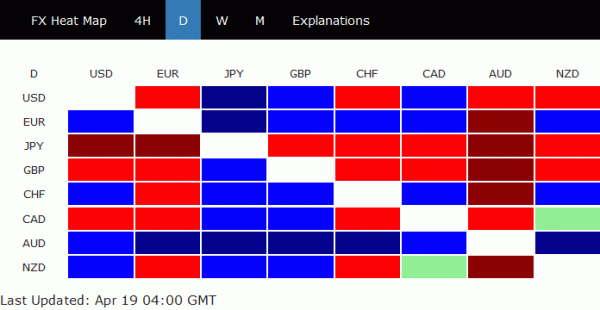
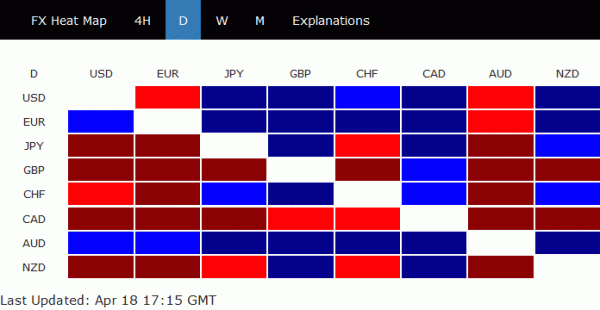
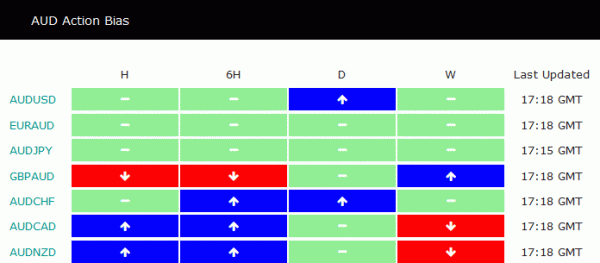
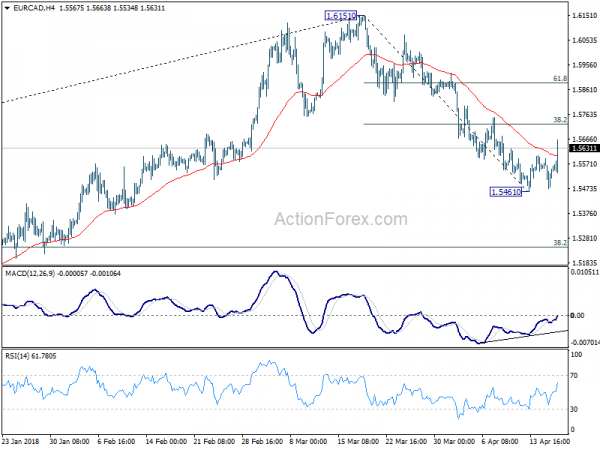
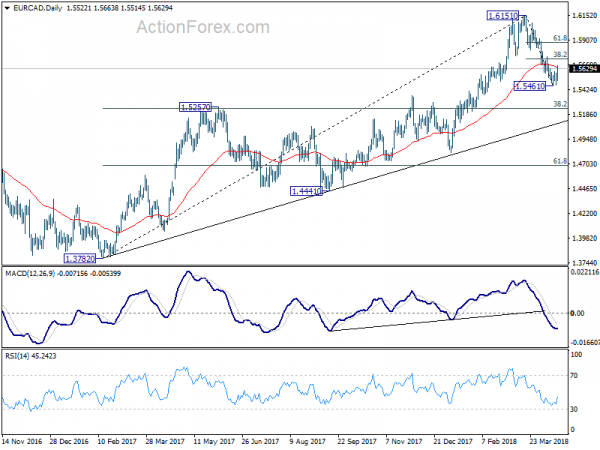
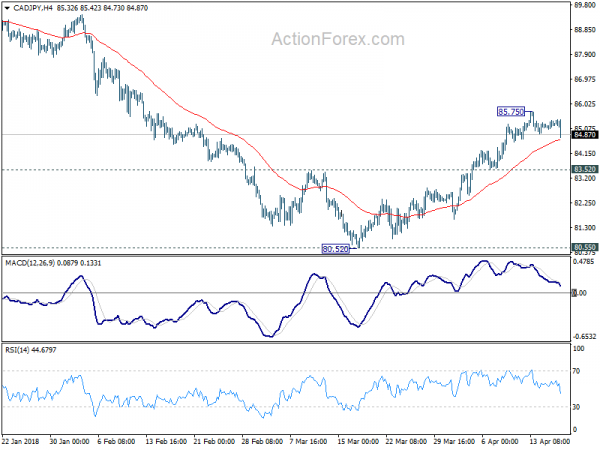
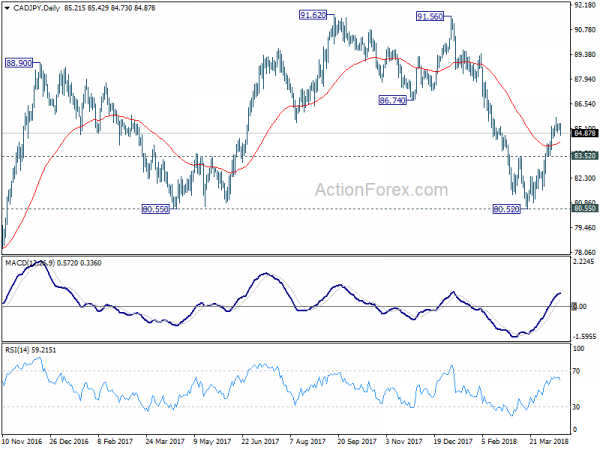
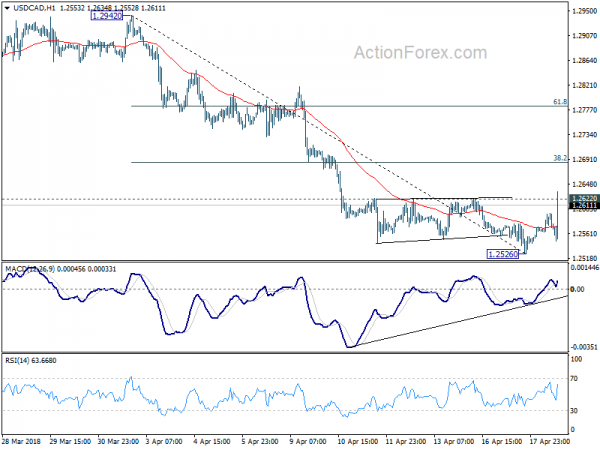

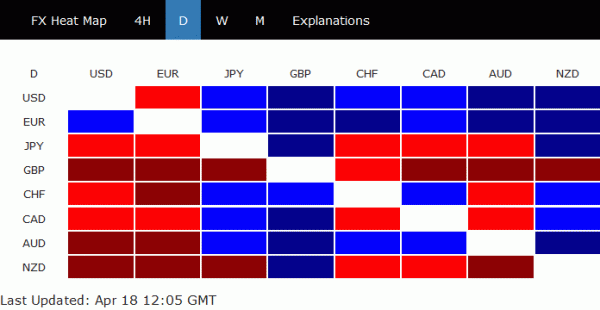
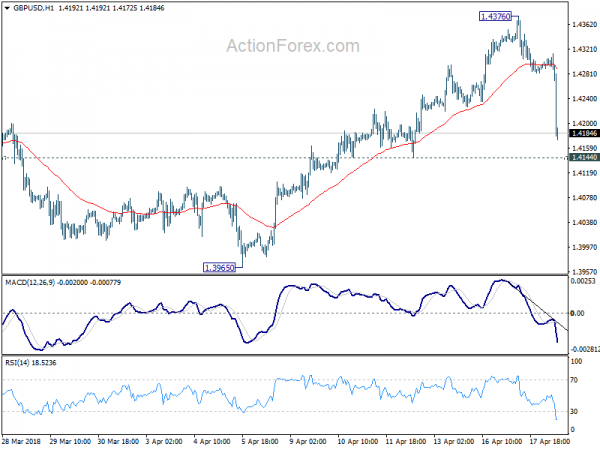
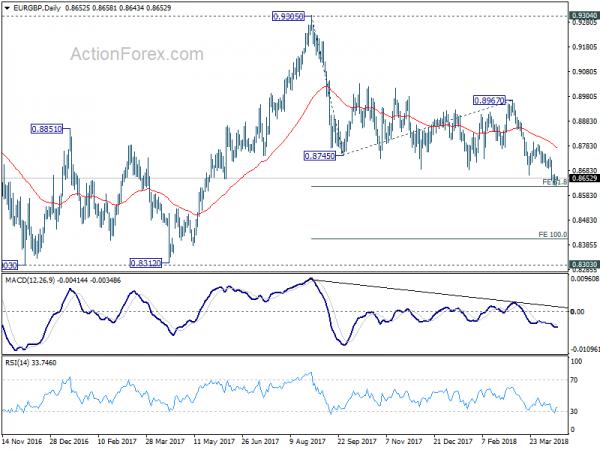
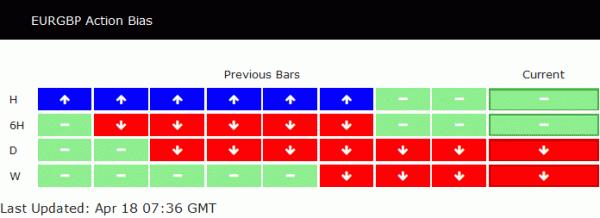
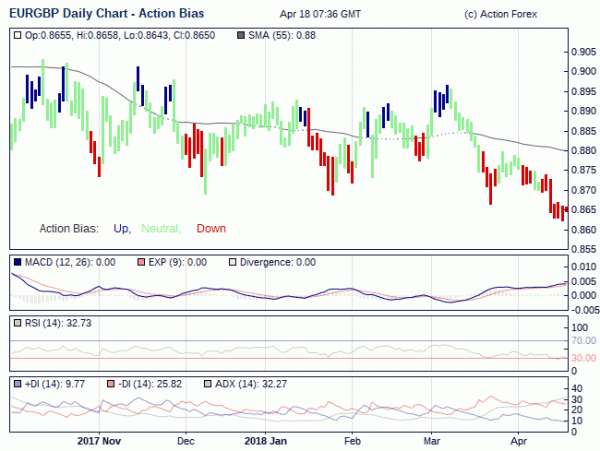
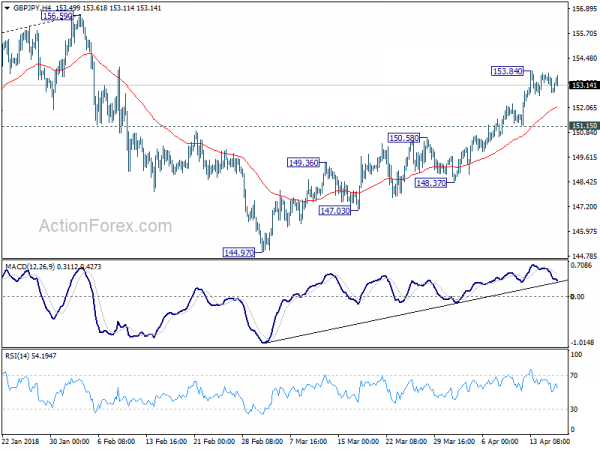
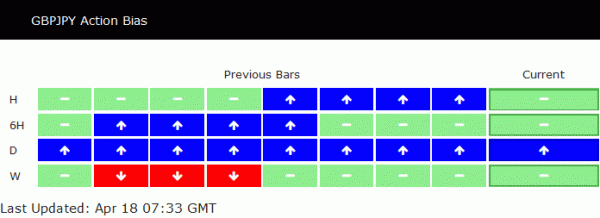
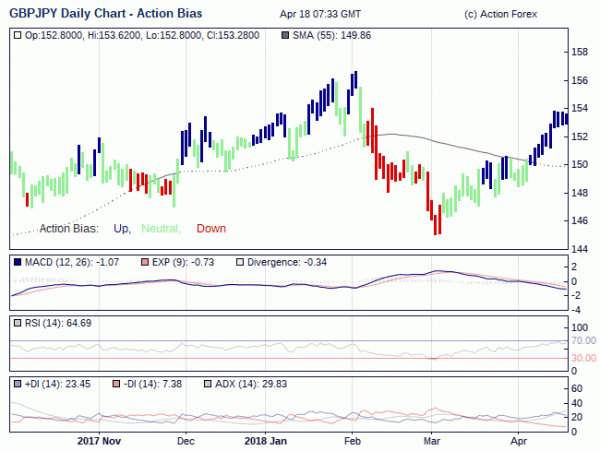

Cleveland Fed Mester: Further gradual tightening is appropriate this year
Cleveland Fed President Loretta Mester expressed her support for more rate hike this year. She said in a prepared speech for University of Pittsburgh’s graduate school of business that “If the economy evolves as I anticipate, I believe further gradual increases in interest rates will be appropriate this year and next year.”
She added that “continued gradual reduction in monetary policy accommodation, given the economic outlook, will put monetary policy in a better position to address whatever risks, whether to the upside or to the downside, are ultimately realized.”